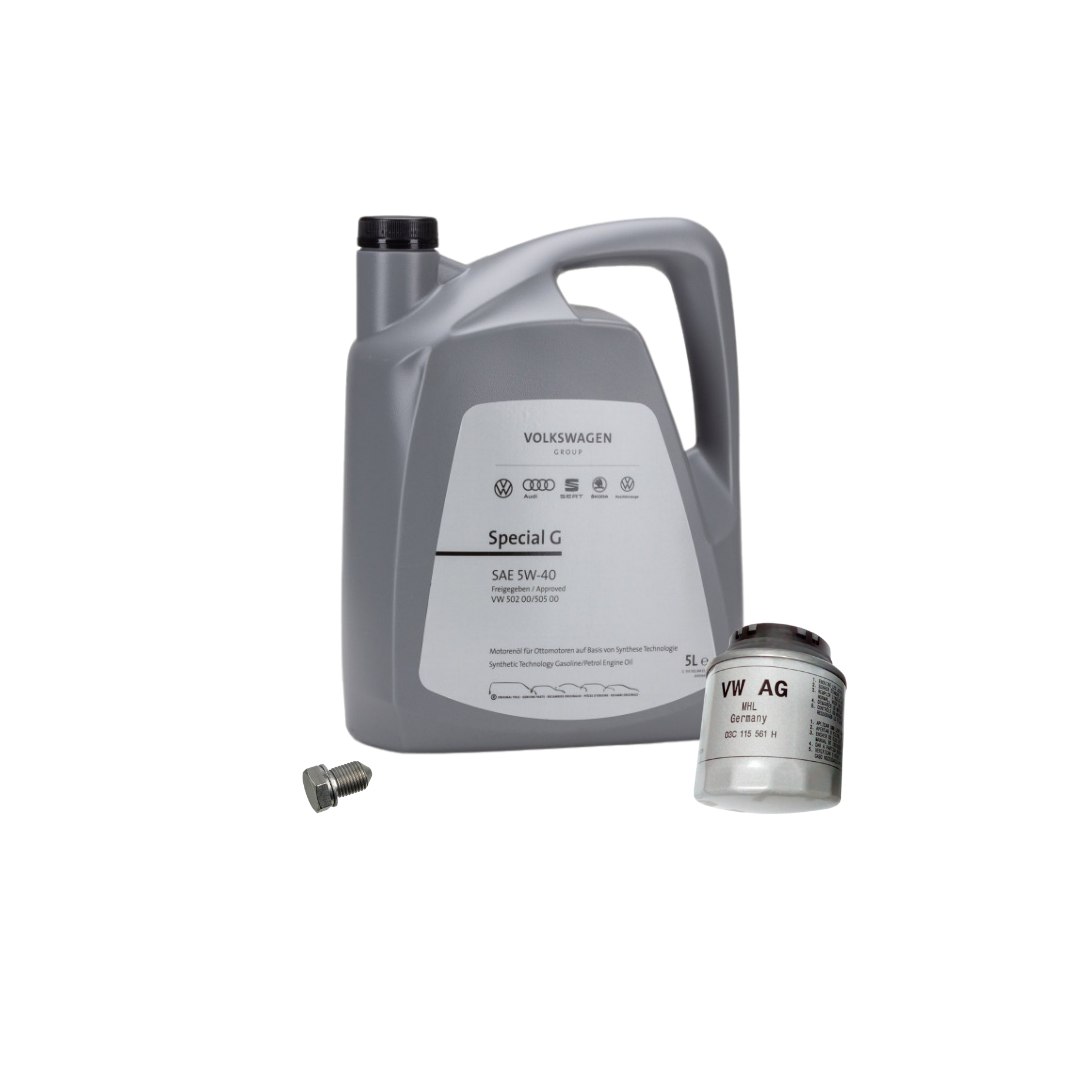Just How a Clp Engine Can Boost Efficiency in Different Industries
The development of CLP engines marks a considerable change in operational performance throughout numerous fields, driven by their capability to optimize gas intake and lessen downtime. Industries such as production and logistics stand to acquire considerably from their robust design and constant power result, which guarantee to simplify operations and improve performance. As organizations progressively focus on sustainability alongside effectiveness, the duty of CLP engines becomes much more essential. What remains to be seen is exactly how these innovations will shape the future landscape of commercial operations and their effect on more comprehensive economic patterns (clp engine).
Overview of CLP Engines
CLP engines, or Continuous Fluid Propellant engines, represent a significant development in propulsion technology, specifically for room applications. These engines use a continuous feed system that permits the continual expulsion of propellant, causing enhanced efficiency and efficiency compared to traditional strong or hybrid propulsion systems. By preserving a continuous circulation of fluid propellant, CLP engines can accomplish much more precise drive control, which is critical for navigating spacecraft in various goal situations.
The design of CLP engines incorporates advanced products and cutting-edge gas management systems. clp engine. This results in lowered weight and boosted reliability, crucial aspects for long-duration space objectives. Furthermore, the continual operation decreases the danger of burning instability, a typical challenge in standard rocket engines.

Benefits in Production
The manufacturing of Continuous Liquid Propellant (CLP) engines provides numerous remarkable advantages that boost both effectiveness and cost-effectiveness. Among the primary advantages is the streamlined production process, which minimizes the intricacy connected with conventional propulsion systems. By making use of fluid propellant, makers can attain better precision in engine performance, bring about optimized energy output and reduced waste.
Furthermore, CLP engines assist in a greater degree of modularity, permitting less complicated assimilation right into numerous manufacturing lines. This versatility can dramatically decrease preparations and boost general operational flexibility. The use of CLP innovation additionally tends to reduce the requirement for considerable upkeep because of fewer moving components, which translates right into reduced downtime and functional prices.

Applications in Logistics
Leveraging Continual Fluid Propellant (CLP) engines in logistics supplies substantial benefits in functional effectiveness and dependability. These engines supply a durable why not look here option for different transportation needs, enabling the seamless activity of items across vast ranges. The inherent layout of CLP engines permits for constant power outcome, which translates right into smoother and extra foreseeable transportation schedules.
Among the vital applications of CLP engines in logistics remains in durable freight transportation, where they can drive both ground and aerial cars. Their ability to keep high performance under differing load conditions ensures that delivery timelines are fulfilled, consequently enhancing customer contentment. Furthermore, CLP engines can be integrated right into automated logistics systems, promoting real-time monitoring and optimizing course planning.
Moreover, the resilience of CLP engines lowers maintenance downtime, allowing logistics business to maximize their functional capabilities. This is specifically useful in warehousing operations, where effectiveness in handling and moving products is essential. As logistics remains to evolve, the combination of CLP engines represents a forward-thinking technique that not only enhances efficiency however additionally supports the sector's growing needs for reliability and speed.
Influence On Power Efficiency
Just How do Continual Liquid Propellant (CLP) engines boost energy performance in transport? CLP why not try here engines utilize a regular flow of fluid fuel, maximizing combustion processes and keeping a steady drive outcome. This design lessens energy losses related to standard combustion engines, where gas shipment can vary and lead to inadequacies.
The constant operation of CLP engines permits for an extra effective thermal cycle, resulting in higher particular impulse compared to traditional engines. clp engine. This translates to lowered gas consumption for the same amount of job done, substantially reducing operational prices across various transportation industries, including aeronautics and maritime markets
In addition, the ability of CLP engines to preserve optimum performance under differing tons problems minimizes the demand for constant acceleration and deceleration, additionally boosting fuel effectiveness. Boosted power efficiency not only adds to set go now you back financial savings but likewise leads to reduce greenhouse gas exhausts, lining up with international sustainability goals.
Future Trends and Innovations
Arising improvements in Constant Liquid Propellant (CLP) engine innovation guarantee to transform the landscape of transportation performance and sustainability. As sectors pivot towards greener options, CLP engines stand at the forefront, incorporating cutting-edge products and layout methods that boost efficiency while lessening environmental impact.
Among the most promising patterns is the adoption of hybrid systems that combine CLP engines with renewable resource resources. This synergy can optimize gas intake and minimize emissions, aligning with international sustainability objectives. Innovations in computational liquid dynamics (CFD) are facilitating the style of even more aerodynamically effective engines, leading to lowered drag and enhanced fuel efficiency.
Furthermore, the advancement of wise tracking systems is readied to boost functional efficiencies. These systems leverage information analytics and IoT technology to enhance engine efficiency in real-time, guaranteeing that the engines run within their most efficient specifications.
As study remains to check out different propellant formulas-- such as biofuels and artificial gas-- the future of CLP engines looks promising. By using these innovations, markets can not just improve their effectiveness yet also contribute significantly to a cleaner, much more lasting future in transport.
Conclusion
Finally, CLP engines represent a significant improvement in performance across several industries. Their capability to maximize fuel intake and lower operational prices, combined with a continual feed system, improves power result and operational integrity. The integration of sophisticated products and fewer moving parts decreases maintenance demands, while placement with sustainability goals settings CLP engines as a crucial technology for the future. Continued technology in this field promises further improvements in effectiveness and ecological efficiency.